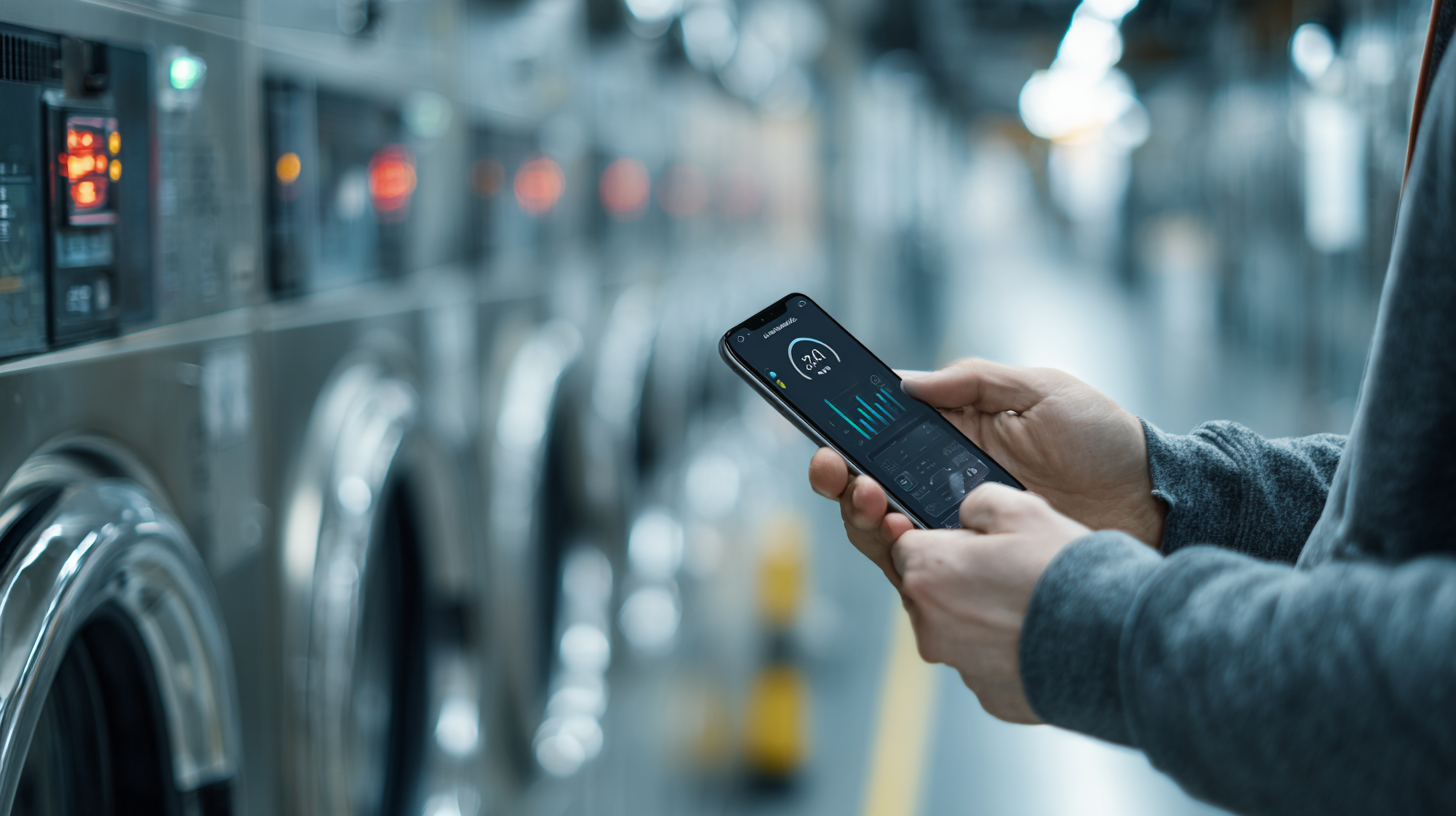Laundromats are no longer just coin-operated, cash-only businesses with limited insight into daily performance. With the rise of cloud-connected machines, point-of-sale systems, and mobile apps, modern operators now have access to powerful laundry analytics tools. These tools give laundromat owners the ability to track usage, monitor revenue, and make smarter business decisions based on real-time data.
What Is Laundry Analytics?
Laundry analytics refers to the collection, tracking, and interpretation of data from laundromat operations. This data typically comes from washers and dryers, payment systems, customer apps, and point-of-sale software. By analyzing this data, owners gain visibility into how their business runs—and more importantly, how it can be improved.
- Helps you understand machine usage and downtime
- Tracks revenue trends by day, week, and service type
- Measures customer behavior, including visit frequency and spend per visit
- Supports data-driven pricing, staffing, and marketing strategies
- Provides real-time insights and historical performance comparisons
Why Laundry Analytics Matters
In a service-based business like a laundromat, every dollar saved or earned comes from operational precision. Laundry analytics enables owners to fine-tune pricing, improve machine efficiency, reduce utility waste, and better understand what drives customer loyalty.
- Increase profits by identifying underperforming machines or pricing gaps
- Reduce costs through smarter utility use and preventive maintenance
- Boost loyalty by tracking customer activity and rewarding top users
- Improve service by identifying slowdowns, busy periods, and refund trends
- Make smarter decisions about equipment upgrades, staffing, or adding services
Key Metrics Tracked in Laundry Analytics
A good laundry analytics platform gives you clear visibility into multiple areas of your business. Here are some of the most valuable metrics:
- Revenue per machine: Measures how much each washer and dryer earns
- Cycle frequency: Tracks how often machines are used each day/week
- Peak hours: Reveals the most and least busy times for optimized scheduling
- Payment method distribution: Cash, card, mobile, loyalty, or wallet
- Customer visit frequency: How often regular customers return
- Order size: Tracks average revenue per customer or per wash-and-fold order
- Refund rate: Helps identify machine issues or customer service trends
- Utility usage per cycle: Highlights machines that consume more water or electricity
How Laundry Analytics Works
To use laundry analytics, laundromat owners typically install management software that connects to machines and payment systems. This software gathers live data from each transaction and machine cycle, then displays it in easy-to-read dashboards or reports.
- Automatically captures payment data, machine status, and customer actions
- Displays insights via cloud dashboards accessible on phone or desktop
- Sends alerts for machine errors, service needs, or unusual activity
- Allows you to export data for deeper analysis or accounting
The Laundry Boss: Analytics in Action
One example of effective laundry analytics comes from platforms like The Laundry Boss. It offers real-time data dashboards, transaction history, machine usage tracking, and customer analytics—all from a single web-based platform.
With The Laundry Boss, you can:
- Monitor machine activity in real time
- Adjust pricing based on usage trends
- Track how much each customer spends and how often they return
- Compare revenue by payment type (coins, cards, mobile wallet)
- Detect service issues before they impact performance
- Manage multiple store locations from one dashboard
How to Use Analytics to Improve Performance
Data alone doesn’t grow your business—action does. The best laundromat operators use analytics to spot problems, identify opportunities, and make continuous improvements.
- Change pricing based on demand—higher during peak hours, discounts during slow periods
- Identify maintenance needs before breakdowns occur
- Reward frequent users with app credits or loyalty bonuses
- Spot revenue leaks from underused machines or poor payment capture
- Track the success of promotions, service bundles, or marketing campaigns
Conclusion
Laundry analytics gives laundromat owners a powerful competitive advantage. By turning everyday activity into meaningful data, you can run your business with greater efficiency, make better decisions, and grow revenue without guesswork. As the industry becomes more data-driven, laundromats that leverage analytics will be the ones that thrive in the years ahead.








